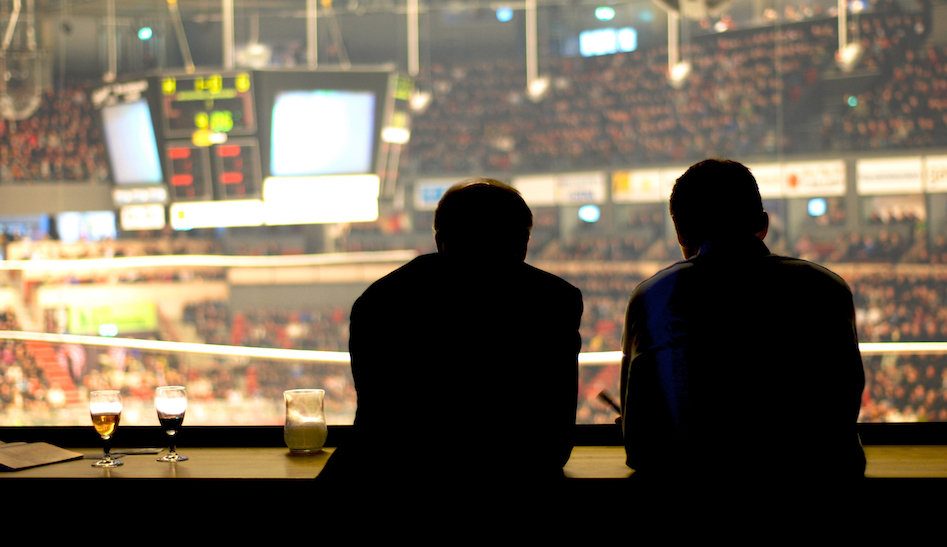By Stephanie Matthews, EVP of integrated media and engagement
I’ll confess that I have always been a big believer in the “brand command center.” It’s where people from different marketing disciplines sit elbow-to-elbow to make decisions quickly enough to participate in cultural conversations. It’s in my blood, having spent 15 years as a producer in actual newsrooms, where I was within crumpled-up-script-throwing distance of editors, writers, photographers, reporters and anchors.
When I left news for the world of PR, I always pushed for more of these “newsroom-style” efforts for big events like the Super Bowl or the Oscars or for everyday culture-jacking conversations. But in the last year and a half, when most of us have been working from our couches or kitchens, like my old colleagues in TV news, we’ve learned we can do as much from home as we did from the office, and sometimes even more.
I do miss the days when we all gathered around monitors to quickly create content as history was happening. But even as we slowly start to return to the office and working side-by-side, we’ve had to think around and beyond the real-time event command centers. Here are three takeaways from the last 18 months:
Virtual command centers help us think more inclusively
Let’s be honest, as much as we wanted to include everyone, there were only so many chairs and monitors in conference room command centers. There were limited travel budgets and only so many voices, ideas and opinions we wanted, when trying to move quickly. With virtual war rooms and instant messaging, diverse perspectives are just a chat away. With more leeway to include and add relevant opinions and ideas, we come up with better, more inclusive content.
2020 gave us all perspective on the content worth creating
If 2020 taught us anything, it’s that sending expensive branded swag to already privileged celebrities may not be the best look for brands selling to people who are just trying to survive. We’ve learned that “influence” means more than just follower counts. We understood what motivates our audience can yield results far beyond likes and shares. The explosion of “good news” that got many of us through the day proved over and over again that there are ways to authentically humanize brands for the right reasons.
Social listening can be proactive and reactive
After 10 years of running The Bridge, Golin’s platform that uses media analysis, social media conversations and live broadcast monitoring for media relations, I’ve helped to refine our approach. Rather than focusing on one-off reactions to cultural blips, we’re using creative listening to anticipate cultural shifts and share bigger, proactive thinking that drives cultural conversation across categories. Many of our big-name brands have the power to not just participate in culture with quick reactions, but to create the next big thing everyone is talking about.
While I may never head back to a packed room full of agency partners all watching the Oscars for any opportunity to tweet from the brand handle, I’m even more excited about the compelling, meaningful ideas our re-imagined teams create collaboratively, maybe even in our pajamas from our couches.
Originally published in PRWeek here.
